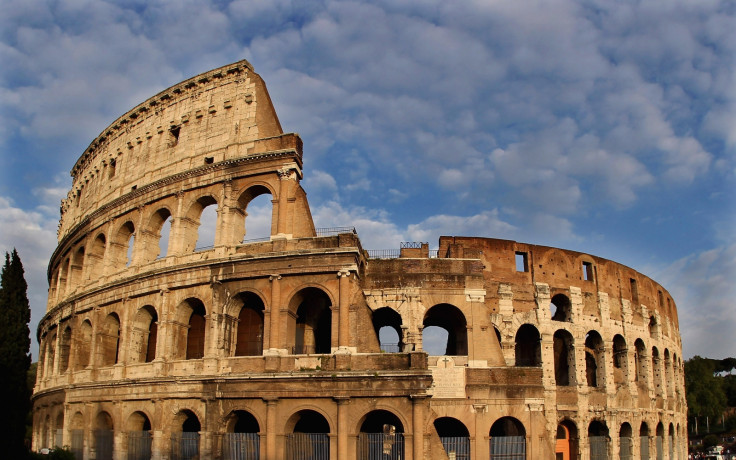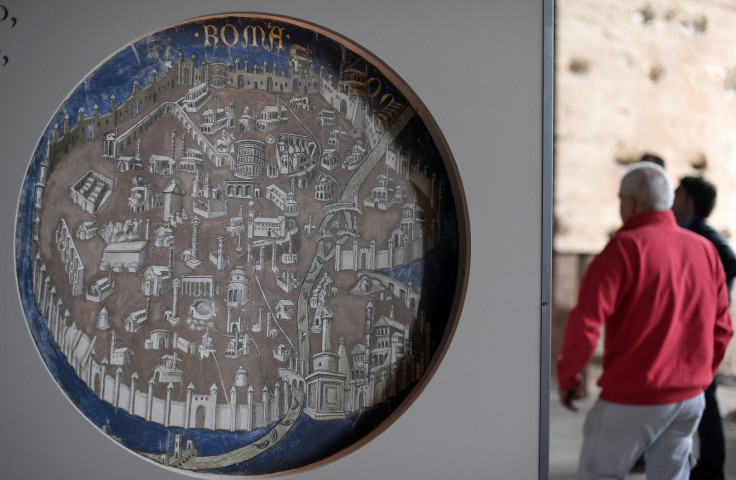From death's arena to lush botanical garden, new exhibition reveals hidden history of the Colosseum
New findings point to the Roman structure being used as a fortress in the 12th century.

The Colosseum is best known as the legendary Roman amphitheatre where gruesome blood sport thrived and gladiators became legends from the Flavian dynasty to the 6th century AD following which it was repurposed for housing, shops and a quarry. Archaeologists have now opened a new exhibition of unpublished findings from recent studies that unveil a hidden history to the heritage site.
According to the findings, around the 12th century, the Colosseum housed a fortress built by the Frangipane family. During a two-year restoration project, researchers discovered holes carved into the travertine stone of the top tier of the structure which indicated that a raised wooden walkway was built to serve as a lookout for the baronial family's soldiers.
More facts about the Colosseum
- The structure has over 80 entrances and can accommodate between 50,000 to 80,000 spectators.
- The Colosseum would sometimes be flooded to re-enact miniature ship naval battles.
- The original name of the Colosseum was Flavian Amphitheater, after the Flavian Dynasty but got its current name from the neighbouring giant statue of Colossus which was part of the Nero's Park.
- An estimated 700,000 people and more than one million animals died in the bloody arena.
- In 847, a devastating earthquake destroyed the southern side of the Colosseum.
The site was also most probably used as an aristocratic residence in the medieval times, going by various other finds including part of a ram's head and carved antlers which were used to decorate the rooms.
"Millions of tourists come here each year to learn about the Roman period but they have little idea of how the Colosseum was used during the medieval era," Riccardo Santangeli Valenzani, one of the curators of the new exhibition said, according to The Telegraph.
Rossella Rea, the Colosseum's director explained that the fortress collapsed during an earthquake in 1349.
By the 1600s, the Italian heritage site was left in disrepair and was taken over by nature. The micro-climate enabled more than 400 species of plants to flourish inside its arched walls and created a wild botanical garden of sorts.
"What it shows is the extraordinary capacity the Colosseum has had to assume different identities over the centuries," said Francesco Prosperetti, one of the officials in charge.
The Colosseum – An Icon exhibition, which is being housed at the heritage site itself, will be open to visitors in January 2018 and will show the various changes made to the building since its original construction and the major influence it went on to have in the field of architecture.

© Copyright IBTimes 2024. All rights reserved.






